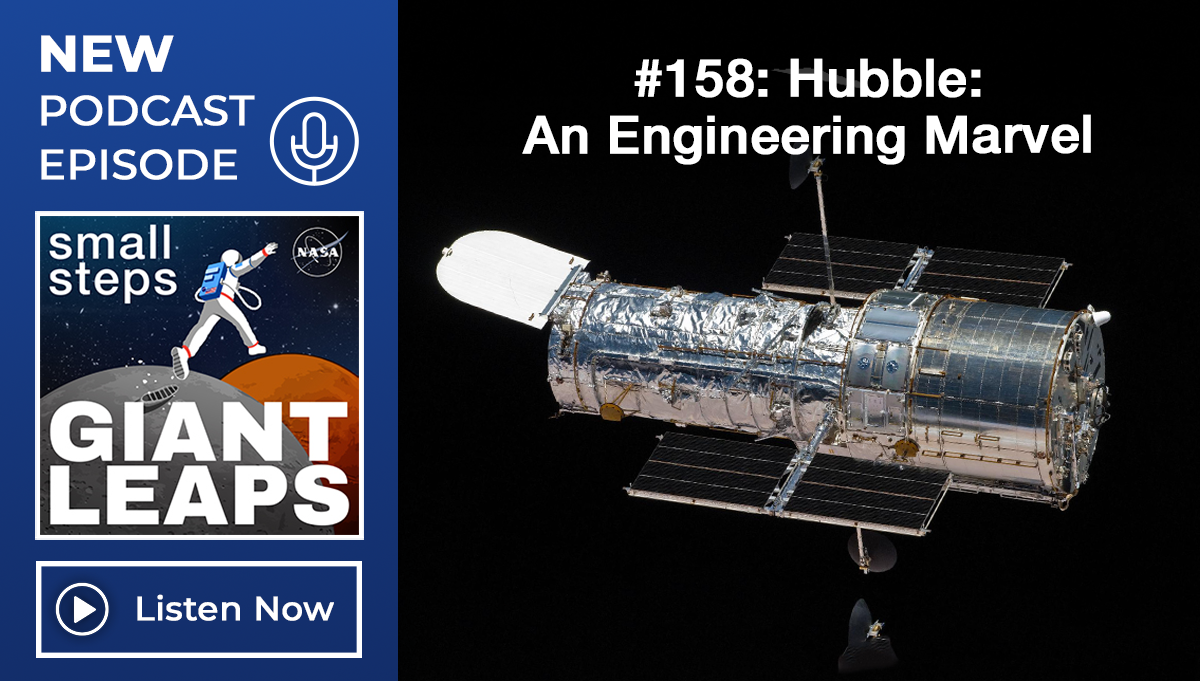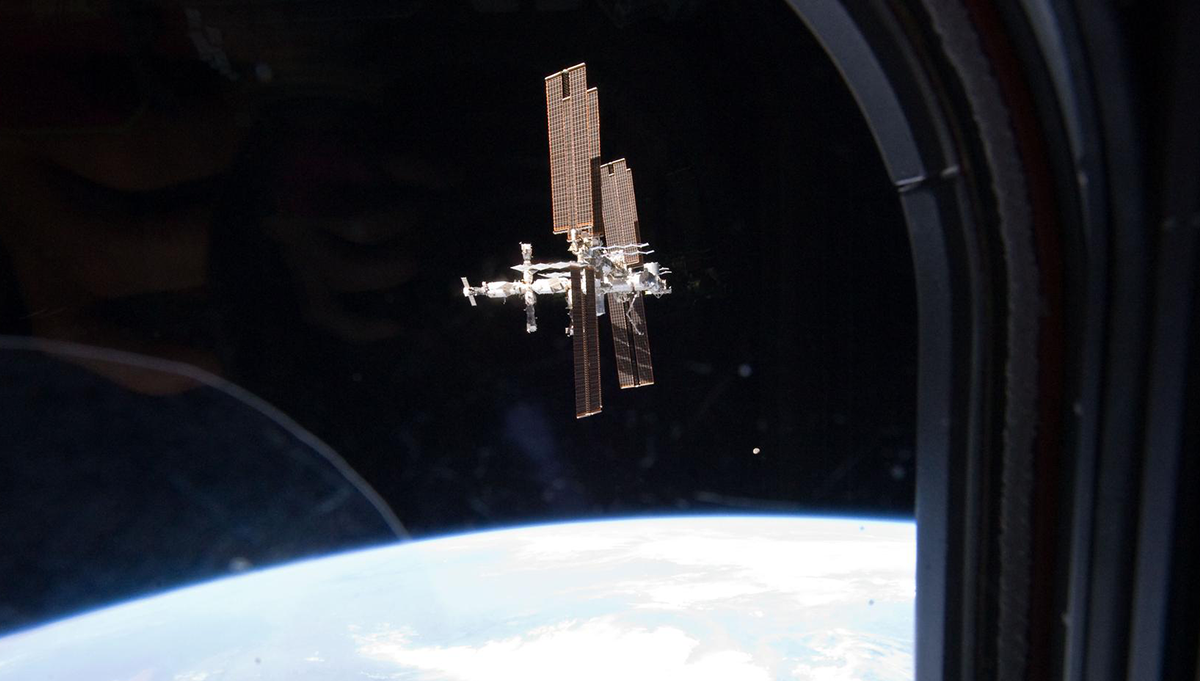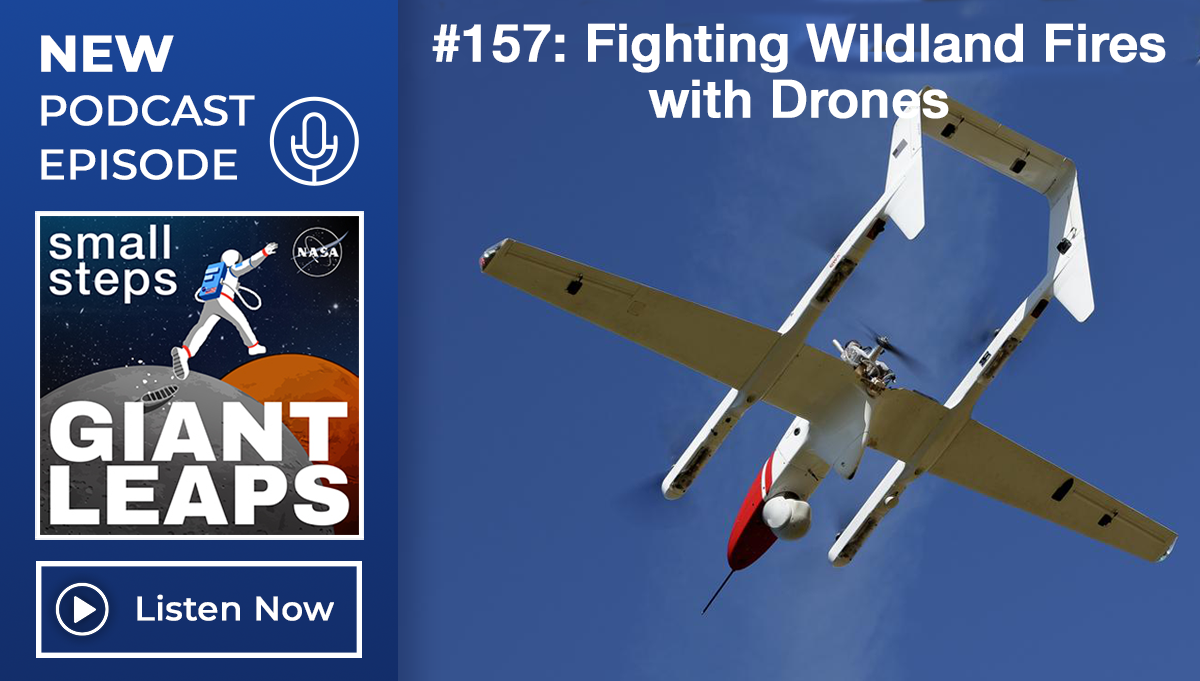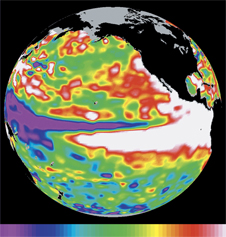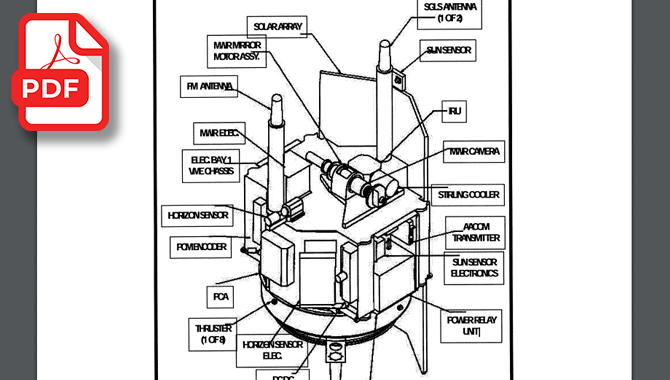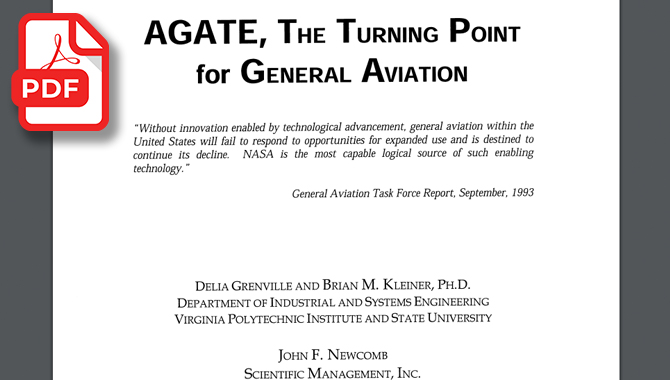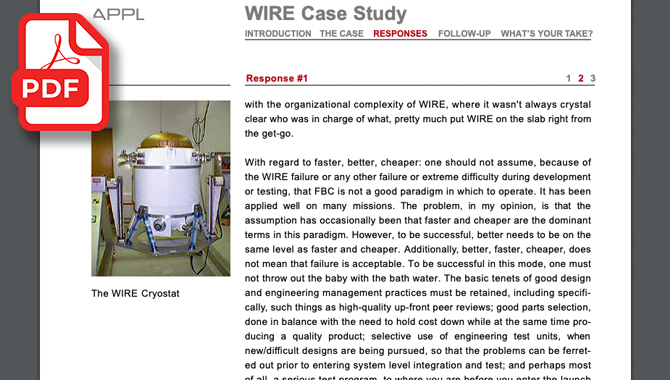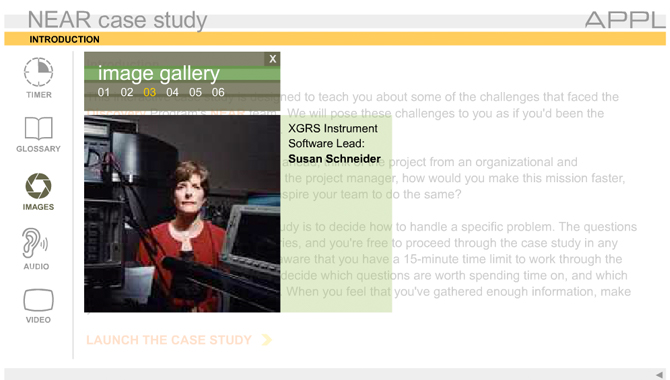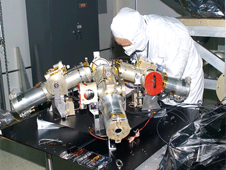
The TIMED mission was originally conceived around 1990 as a very ambitious multi-spacecraft mission. It eventually was launched on December 7, 2001 as a more modest but very capable mission using a single spacecraft. The program was caught in all the dramatic changes that NASA went through in this time period. At one point it […]


